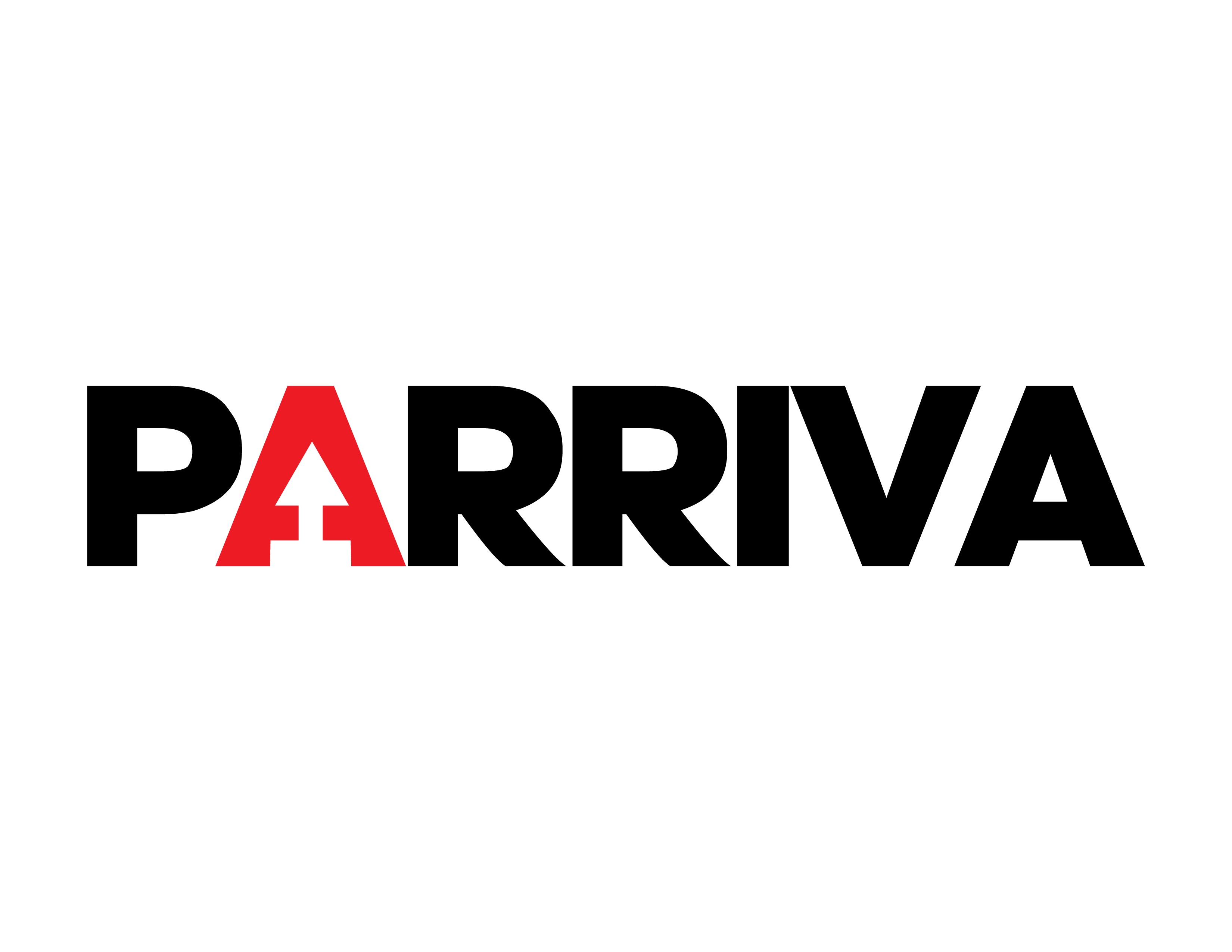Blockbuster weight-loss and diabetes drugs Wegovy and Ozempic no longer in shortage, the US Food and Drug Administration said on Friday. The update about the popular semaglutide injections from drug manufacturer Novo Nordisk follows just two months after the FDA said that shortages of tirzepatide injections Zepbound and Mounjaro from competitor Eli Lilly had also ended.
While Ozempic and other GLP-1 drugs are now more readily available, their high cost remains a significant concern for consumers. Ozempic can cost anywhere between $900 to $1,200 per month without insurance, making it unaffordable for many individuals. Insurance coverage varies, and many providers classify GLP-1 drugs as a weight-loss treatment rather than a necessity, limiting reimbursement options. For those with diabetes, insurance coverage is more common but still inconsistent, leaving many patients searching for lower-cost alternatives.
Despite the increasing in availability, there have been no significant price reductions for Ozempic or Wegovy. Some reports indicate that manufacturers may consider price adjustments due to competition and growing scrutiny over the affordability of GLP-1 drugs. Additionally, as more competitors enter the market, the cost may gradually decrease. However, at this time, the financial burden remains high for those paying out-of-pocket.
With the rise of compounded and alternative versions of semaglutide, many consumers have turned to cheaper, non-FDA-approved versions of Ozempic. However, switching brands or opting for compounded medications comes with potential health risks. The FDA has issued warnings regarding compounded semaglutide products, as some versions contain unverified ingredients that may not meet the same safety and efficacy standards as the brand-name drug. Patients have reported adverse side effects, including gastrointestinal issues, unexpected weight loss, and severe nausea when switching to non-FDA-approved versions.
Many patients in the U.S. have sought more affordable Ozempic options by purchasing the drug from countries like Mexico, where prices can be significantly lower. While personal importation of prescription drugs is technically illegal, the FDA generally does not enforce this rule for individuals who purchase small quantities for personal use. However, patients should exercise caution when obtaining Ozempic from international sources. The drug’s quality and authenticity may not always be guaranteed, and there is a risk of receiving counterfeit or improperly stored medications that could be less effective or harmful.
Ozempic has undergone extensive clinical trials and is generally considered safe when taken as prescribed. However, like all medications, it comes with potential side effects. Common side effects include nausea, vomiting, diarrhea, and constipation. More severe but rare complications include pancreatitis, thyroid tumors, and kidney issues. Long-term safety studies are still ongoing, particularly regarding its extended use for weight loss in non-diabetic individuals.
With the official resolution of the Ozempic shortage, compounded versions and alternative brands will soon be restricted. The FDA has stated that it will not take action against compounding pharmacies for 60 to 90 days, allowing time for the transition. However, after this grace period, non-FDA-approved compounded semaglutide products will no longer be legally sold. Novo Nordisk has already initiated over 100 lawsuits against sellers of unauthorized or counterfeit versions, signaling a crackdown on non-FDA-approved alternatives.
GLP-1 medications, including Ozempic and Wegovy, have gained popularity among Latinos, a demographic with a high prevalence of diabetes and obesity. Studies show that Latinos in the U.S. are 50% more likely to be diagnosed with diabetes than non-Hispanic whites, making GLP-1 drugs an appealing treatment option. However, accessibility remains a major issue due to financial constraints and disparities in healthcare coverage. While interest in these drugs is rising within the Latino community, affordability remains a significant barrier to widespread adoption.
While the resolution of the Ozempic and Wegovy shortage is good news for patients, challenges related to affordability, accessibility, and alternative brands persist. The high cost of these drugs continues to limit their use among those without robust insurance coverage, pushing some to seek potentially unsafe alternatives. The crackdown on compounded versions will further restrict access, making it crucial for policymakers and healthcare providers to address affordability concerns. Meanwhile, the popularity of GLP-1 drugs among Latinos highlights the need for equitable access to these life-changing medications. As the landscape for weight-loss and diabetes treatment evolves, consumers should remain informed about safety, pricing, and legal implications to make the best decisions for their health.

